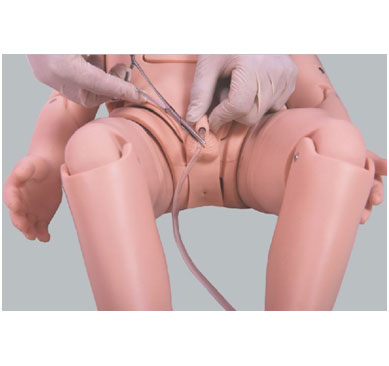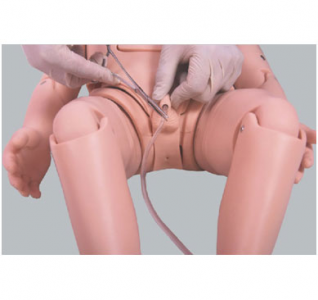In the field of pediatric medical care, pediatric urinary catheterization is a basic and key operational skill. For medical staff, its mastery is directly related to the treatment effect and comfort of children. However, due to the particularity of children's physiological structure, such as the short, thin and easily damaged urethra, children's urinary catheterization has become a job that requires both care and skill. Therefore, a high-quality pediatric catheterization model has undoubtedly become an important tool for medical personnel to improve their skills.
By repeatedly practicing the catheterization operation on the model, the medical staff can gradually overcome the tension and improve the stability and accuracy of the operation. At the same time, the model can also simulate urethral catheterization scenes in different situations, such as urethral stricture and curvature, etc., to help medical staff learn ways to deal with complex situations and improve emergency handling ability.

In addition, the infantile catheterization model also has the advantages of strong teaching interaction and reusable. In the teaching process, teachers can use the model to demonstrate operation, and immediately correct students' mistakes, to achieve one-to-one accurate guidance. Students can continue to use the model for independent practice after class to consolidate what they have learned and improve their skills. This teaching mode not only improves the teaching efficiency, but also enhances the students' learning interest and enthusiasm.
More importantly, the introduction of pediatric catheterization model helps promote the development of pediatric medical care to pay more attention to the training of practical skills. It breaks the disadvantage of disconnection between theory and practice in traditional teaching, so that medical staff can have solid practical skills while mastering theoretical knowledge, and lay a solid foundation for future clinical work.
In summary, as an important tool for skill improvement, pediatric catheterization model plays an irreplaceable role in the field of pediatric medical care. It is not only an effective means for medical staff to improve their practical skills, but also an important force to promote the reform of pediatric medical nursing education and improve the quality of medical care.

